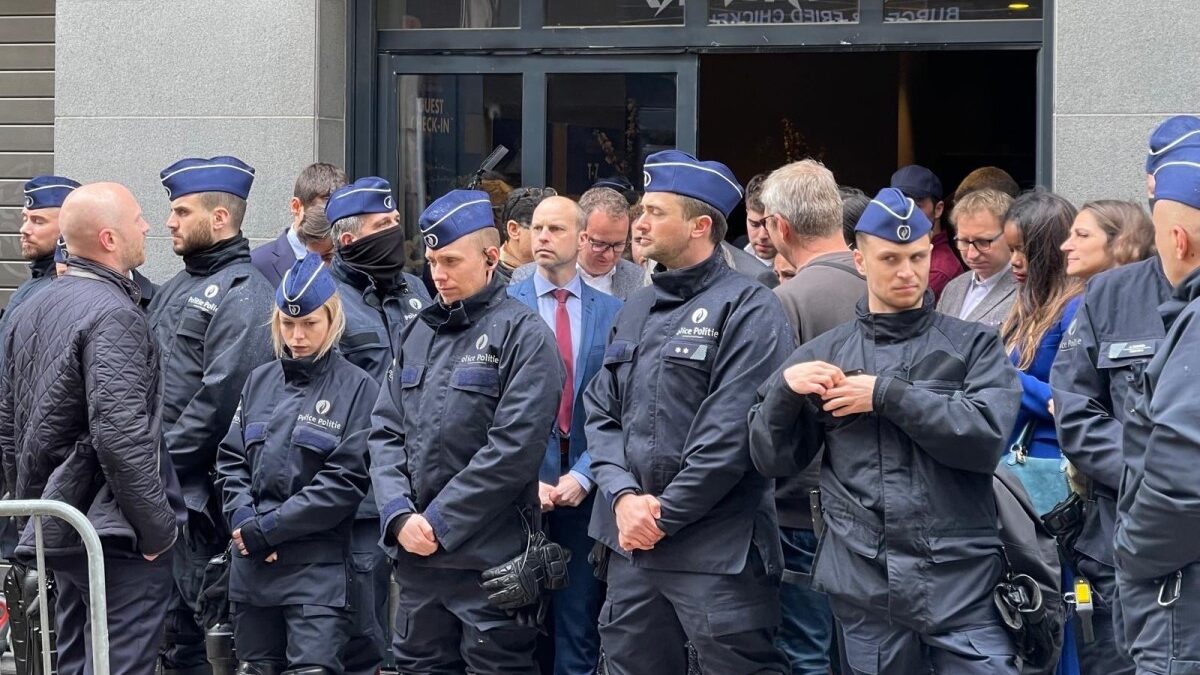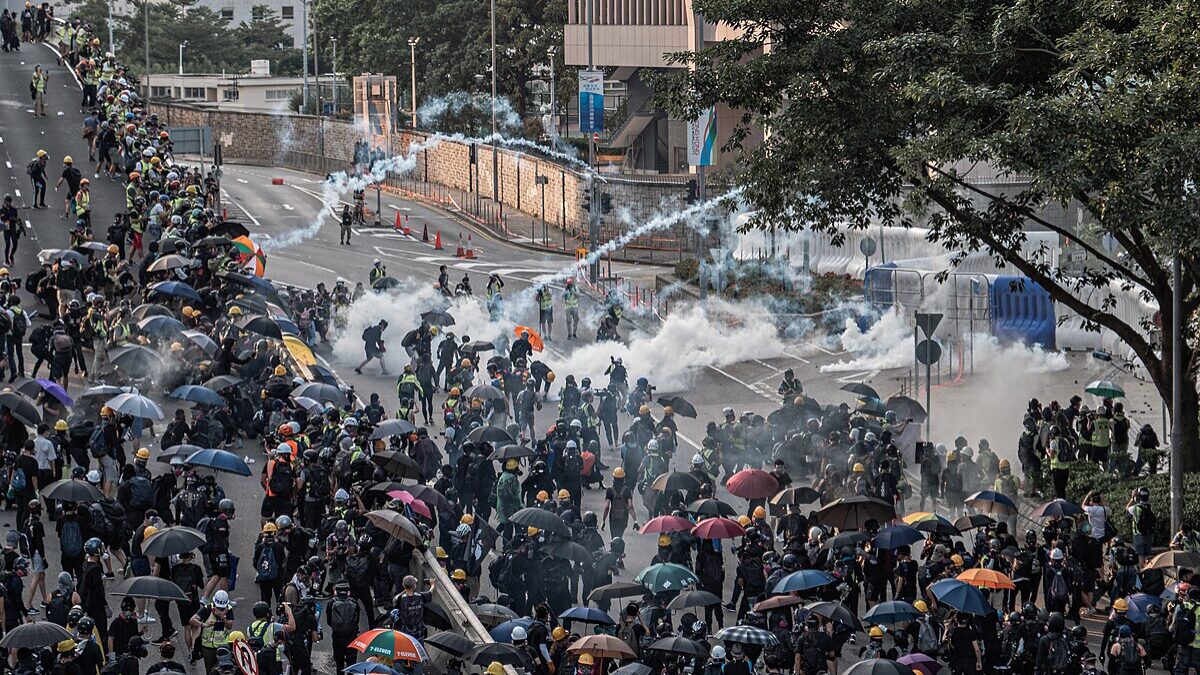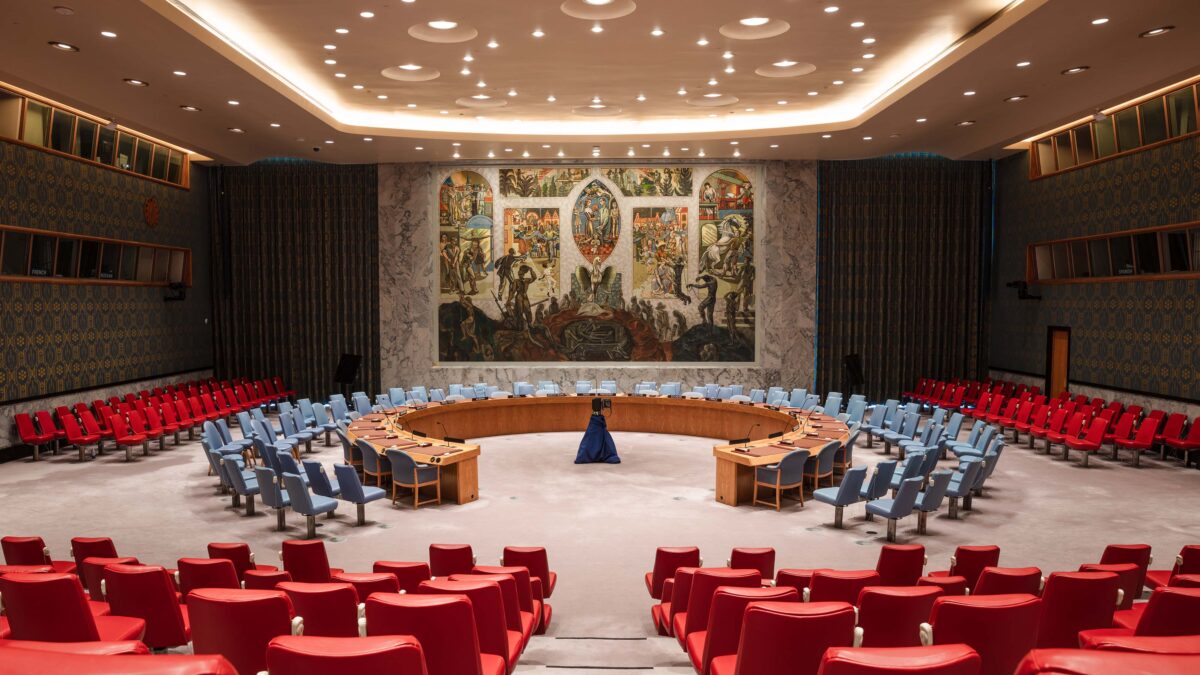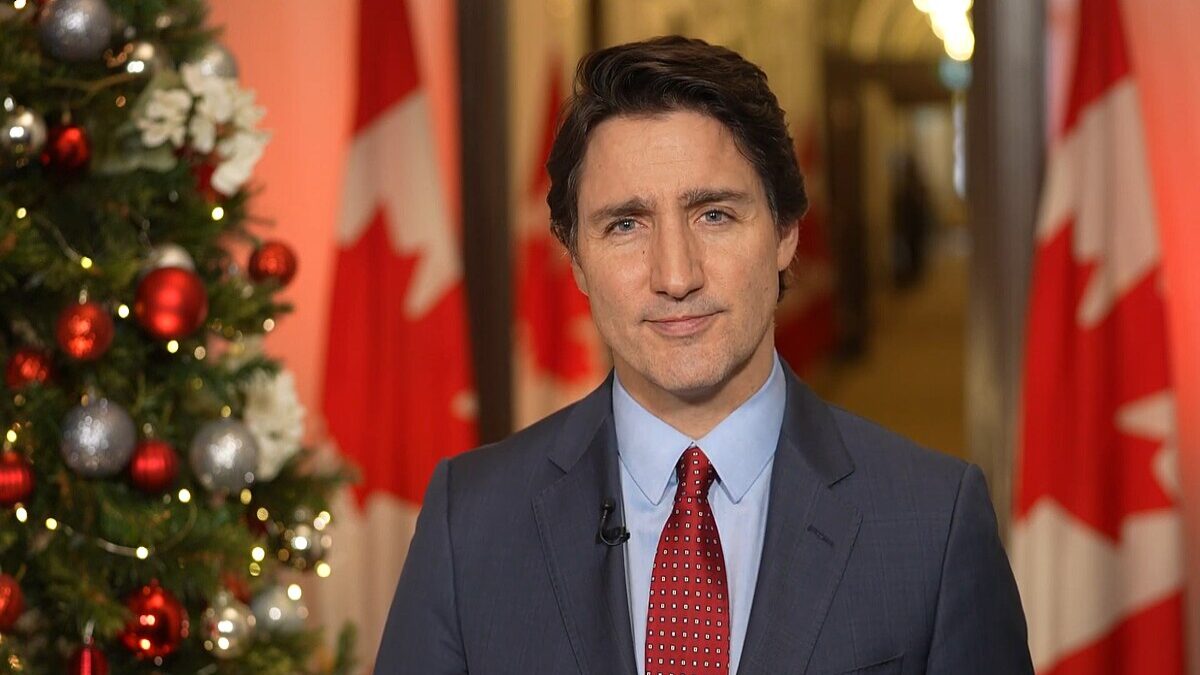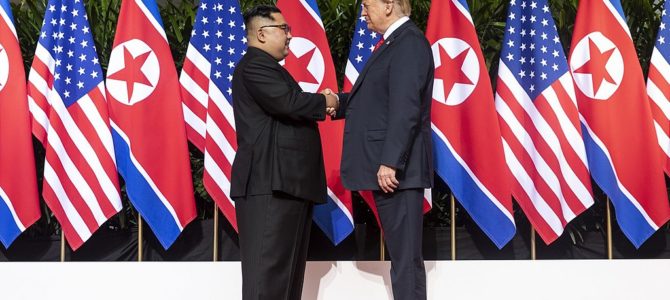
Only six months ago, President Trump and North Korea’s leader Kim Jung-Un were trading such verbal insults and threats that the rest of world was preparing for the breakout of a nuclear war. But Tuesday morning in Singapore, the two made history by having the first ever sit-down meeting, followed by a signed agreement.
Here are five immediate takeaways from this historic summit.
1. Body Language Speaks Louder Than Words
During the historic first handshakes, President Trump used his signature power-grip handshake and patted Kim several times on the arm. According to experts on body language, Trump’s move didn’t mean to indicate warmth but to “signal power and his desire to look in control of the meeting.”
During the extended handshake and subsequent walk to their meeting, Kim at times seemed reserved and uncomfortable, and he didn’t smile much. President Trump, on the other hand, was confident and showing control as he almost physically ushered Kim to the next destination (being a full head taller than your opponent helps too). I hope this signals how the negotiation went.
But, at the agreement signing ceremony, Kim was obviously more comfortable. He smiled more, which indicates that he probably got what he wanted out of the meeting without sacrificing or committing to anything he hadn’t planned for. Or, worse, he got more than he hoped for. A smiling and relaxed little rocket man is not necessarily a good sign.
2. What The Two Leaders Agreed To
The U.S. and North Korea joint statement covers four main points:
- The United States and DPRK commit to establish new U.S.-DPRK relations in accordance with the desire of the peoples of the two countries for peace and prosperity.
- The United States and the DPRK will join their efforts to build a lasting and stable peace regime on the Korean Peninsula.
- Reaffirming the April 27, 2018 Panmunjom Declaration, the DPRK commits to work toward complete denuclearization of the Korean Peninsula.
- The United States and the DPRK commit to recovering POW/MIA remains, including the immediate repatriation of those already identified.
At the press conference immediately after their meeting, President Trump threw in a bonus point by stating that Kim had also agreed to destroy a major missile engine site, something that wasn’t included in the written agreement.
The first three points of the agreement echo the Panmunjom Declaration that South and North Korea leaders signed in April. Both agreements rely on vague language to paint in broad brush strokes about desire and willingness for peace and denuclearization of the Korean Peninsula without obligating North Korea with any specific timeline or steps. I am also disappointed that the agreement made no reference to North Korea’s human rights abuses.
Thus, what’s more significant is that additional high-level negotiations will take place as early as next week, per President Trump’s press conference, to discuss issues such as verifying North Korea’s denuclearization process in detail. In President Trump’s words, “this [negotiation with North Korea] is a rapidly moving process.” Therefore, we will know soon whether the administration remains committed to its demand of CVID: complete, verifiable, irreversible denuclearization.
3. Security Guarantee May End ‘War Games’
One of Kim’s biggest concerns is his personal security as well as the security of North Korea. Naturally, this raises questions about what President Trump has offered as a security guarantee. Speaking at the press conference, Trump said that while the American military presence in South Korea would not be reduced, the United States would “be stopping the war games” and that doing so would “save us a tremendous amount of money.”
What President Trump refers to as a “war game” is the annual joint U.S. and South Korea military exercise. The most recent one, code-named Foal Eagle and Key Resolve, took place in April. This year’s exercise, which the Winter Olympics in South Korea delayed, involved some 23,000 American troops and more than 300,000 South Korean troops. The annual joint military exercise is important because it sends the message that the United States and South Korea are ready and united to defend South Korea from any possible North Korean invasion.
In the past, such exercises always irked North Korea. But, during the April meeting between Kim and South Korea’s President Moon, Kim expressed surprising flexibility by stating that he could understand why the joint exercises must resume in April on the same scale as before.
China, a key ally of North Korea, has been pushing for the United States and South Korea to end such annual military exercises in exchange for North Korea freezing its nuclear weapons program. It seems to me a bit premature on President Trump’s part, especially without consulting allies like South Korea and Japan, to declare any ending of such exercises without first securing a firm commitment from Kim on complete, verifiable, irreversible denuclearization.
4. Maximum Sanctions Are Losing Steam
It’s widely agreed that one of the reasons Kim wanted to give peace a chance is the U.S.-led series of economic and financial sanctions against North Korea. But prior to the summit, President Trump stopped using language such as “maximum pressure” to talk about economic sanctions against North Korea. He explained that he did so to show respect and a good faith towards Kim.
Shortly after the United States and North Korea announced their new agreement, China quickly suggested easing international sanctions against Pyongyang. Previous sanctions worked mainly because China endorsed United Nations Security Council Resolution 2375 in response to Pyongyang’s nuclear tests. As North Korea’s largest trading partner, China’s participation in recent economic sanctions against Pyongyang has caused serious hardship in North Korea, and the Sino-North Korea relationship took a turn for the worse.
At his first meeting with Chinese President Xi, Kim requested China lift its economic sanctions. China frequently cheats on sanctions anyway. To maintain its strategic influence over North Korea and the Korean Peninsula, China will likely soon use the agreement as a carte blanche to openly offer Pyongyang economic relief. Without China’s support, economic sanctions against North Korea will be much less effective, and Kim may be emboldened to slow walk to any commitment he made regarding denuclearization.
5. Trump’s Overconfidence Is Concerning
President Trump is known to rely on his gut feelings in negotiations. When asked what will happen if Kim doesn’t follow through on his commitment to denuclearization, just like his father and his grandfather did, President Trump initially refused to entertain that possibility.
He first said with confidence, “I think honestly he’s going to do these things.” Then he expressed some doubts, saying “I may stand before you in six months and admit I was wrong.” But he quickly added, “I don’t know that I’ll ever admit that I was wrong. I’ll find some kind of excuse.”
Given the past history of North Korea, not following through after any signed agreement is a very likely outcome. Overconfidence is a cardinal sin in such a high-stakes negotiation. It is concerning that President Trump doesn’t appear to have a plan B, but simply replies on a blind faith in someone he just met.
Still, what happened in Singapore is an historic event. Like President Trump said, the June 12 summit is the beginning of a process, and much more work needs to be done. I pray, along with millions of North Koreans and South Koreans, that this summit will lead to a long-overdue peace on the Korean Peninsula.


